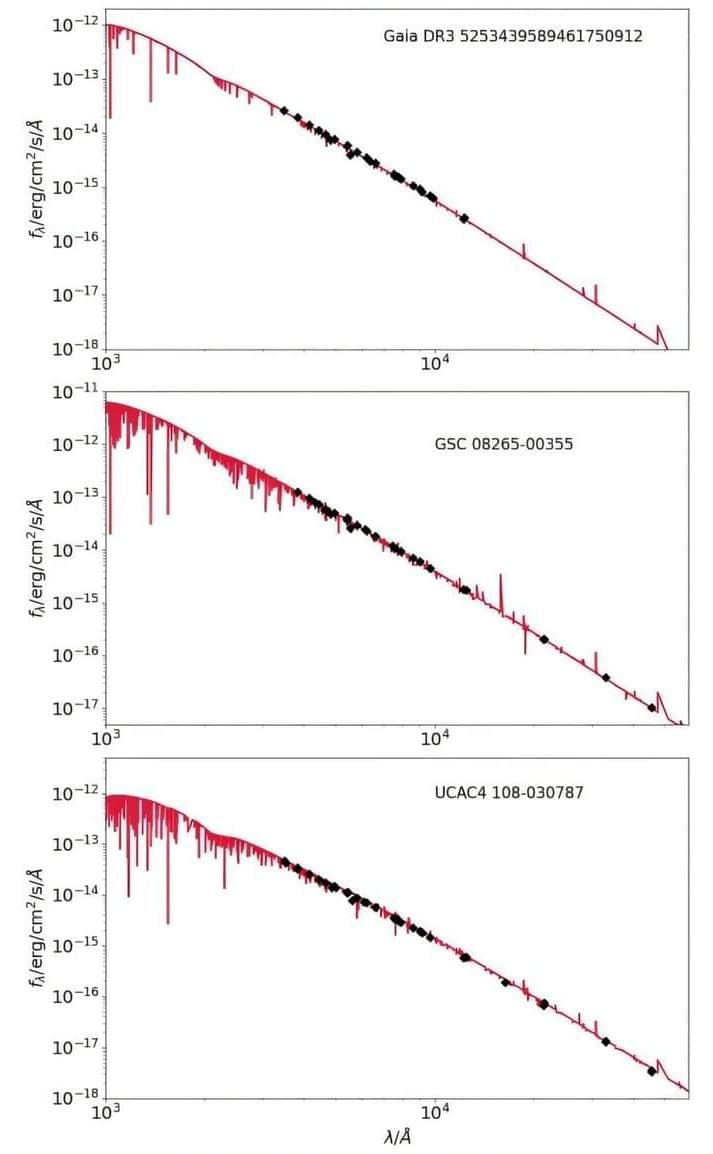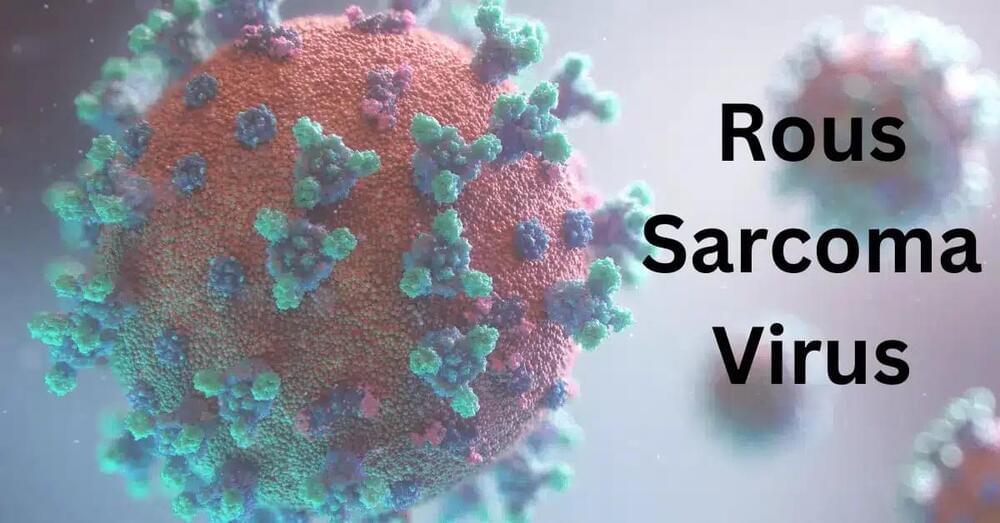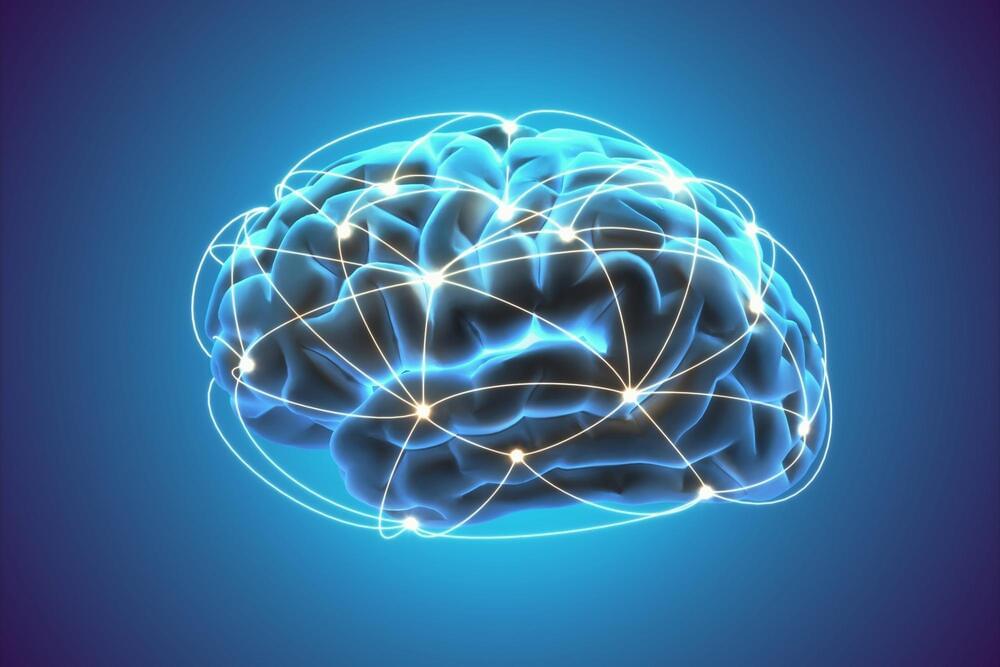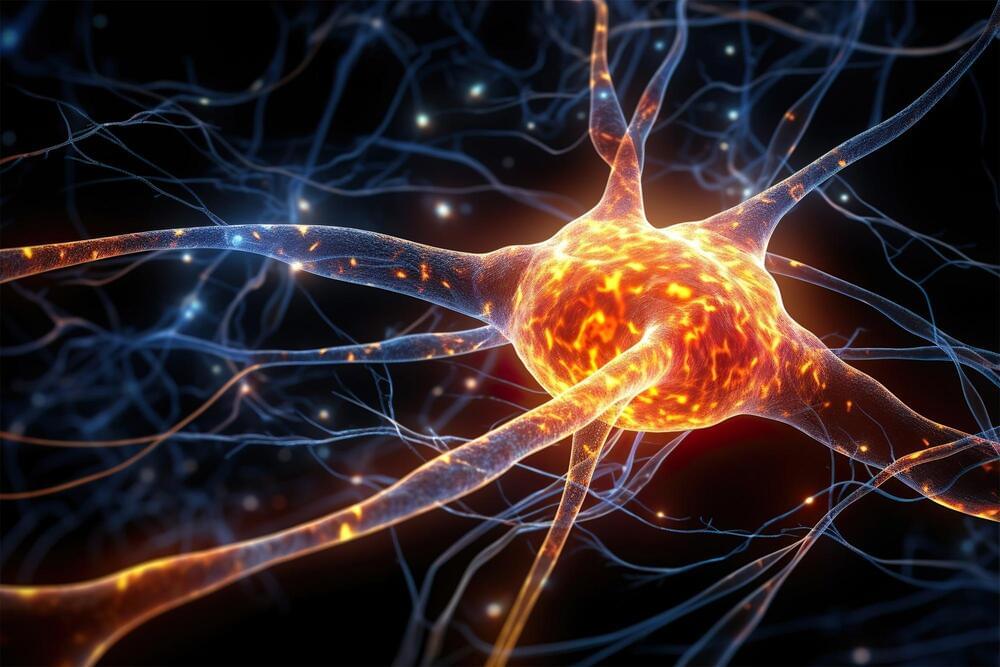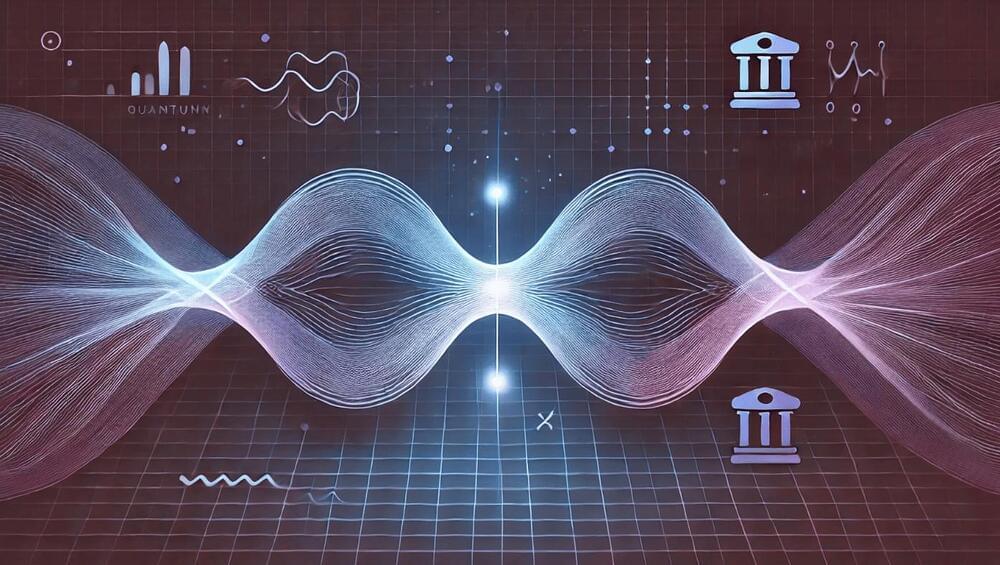Using the X-shooter instrument at ESO’s Very Large Telescope (VLT), German astronomers have detected three new pre-white dwarfs, which turned out to be strongly hydrogen-deficient. The finding was reported in a research paper published December 20 on the pre-print server arXiv.
White dwarfs (WDs) are stellar cores left behind after a star has exhausted its nuclear fuel. Due to their high gravity, they are known to have atmospheres of either pure hydrogen or pure helium. However, a small fraction of WDs shows traces of heavier elements.
Although WDs have a relatively small size, comparable to that of the Earth, they are a few million times more massive than our planet. Pre-white dwarfs (PWDs) are a few times larger and slated to shrink in size, eventually becoming WDs within about a few thousand years.
